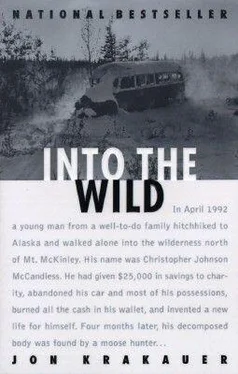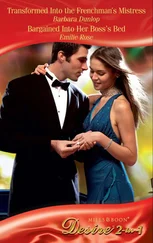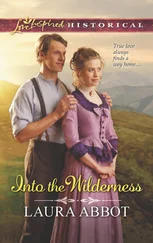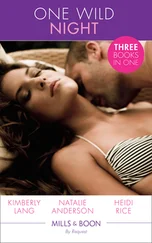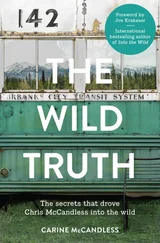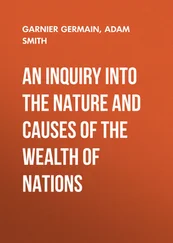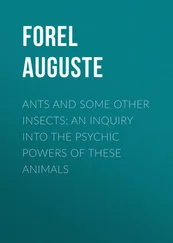But other scenarios involve potato seeds of an entirely different variety, and these scenarios are more plausible. Pages 126 and 127 of Tanaina Plantlore describe a plant that is called wild potato by the Dena’ina Indians, who harvested its carrotlike root. The plant, known to botanists as Hedysarum alpinum, grows in gravelly soil throughout the region.
According to Tanaina Plantlore, “The root of the wild potato is probably the most important food of the Dena’ina, other than wild fruit. They eat it in a variety of ways-raw, boiled, baked, or fried-and enjoy it especially dipped in oil or lard, in which they also preserve it.” The citation goes on to say that the best time to dig wild potatoes “is in the spring as soon as the ground thaws… During the summer they evidently become dry and tough.”
Priscilla Russell Kari, the author of Tanaina Plantlore, explained to me that “spring was a really hard time for the Dena’ina people, particularly in the past. Often the game they depended on for food didn’t show up, or the fish didn’t start running on time. So they depended on wild potatoes as a major staple until the fish came in late spring. It has a very sweet taste. It was-and still is- something they really like to eat.”
Above ground the wild potato grows as a bushy herb, two feet tall, with stalks of delicate pink flowers reminiscent of miniature sweet-pea blossoms. Taking a cue from Kari’s book, McCandless started to dig and eat wild potato roots on June 24, apparently without ill effect. On July 14, he began consuming the pealike seed pods of the plant as well, probably because the roots were becoming too tough to eat. A photograph he took during this period shows a one-gallon Ziploc plastic bag stuffed to overflowing with such seeds. And then, on July 30, the entry in his journal reads, “EXTREMLY WEAK. FAULT OF POT. SEED…”
One page after Tanaina Plantlore enumerates the wild potato, it describes a closely related species, wild sweet pea, Hedysarum mackenzii. Although a slightly smaller plant, wild sweet pea looks so much like wild potato that even expert botanists sometimes have trouble telling the species apart. There is only a single distinguishing characteristic that is absolutely reliable: On the underside of the wild potato’s tiny green leaflets are conspicuous lateral veins; such veins are invisible on the leaflets of the wild sweet pea.
Kari’s book warns that because wild sweet pea is so difficult to distinguish from wild potato and “is reported to be poisonous, care should be taken to identify them accurately before attempting to use the wild potato as food.” Accounts of individuals being poisoned from eating H. mackenzii are nonexistent in modern medical literature, but the aboriginal inhabitants of the North have apparently known for millennia that wild sweet pea is toxic and remain extremely careful not to confuse H. alpinum with H. mackenzii.
To find a documented poisoning attributable to wild sweet pea, I had to go all the way back to the nineteenth-century annals of Arctic exploration. I came across what I was looking for in the journals of Sir John Richardson, a famous Scottish surgeon, naturalist, and explorer. He’d been a member of the hapless Sir John Franklin s first two expeditions and had survived both of them; it was Richardson who executed, by gunshot, the suspected murderer-cannibal on the first expedition. Richardson also happened to be the botanist who first wrote a scientific description of H. mackenzii and gave the plant its botanical name. In 1848, while leading an expedition through the Canadian Arctic in search of the by then missing Franklin, Richardson made a botanical comparison of H. alpinum and H. mackenzii. H. alpinum, he observed in his journal,
furnishes long flexible roots, which taste sweet like the liquorice, and are much eaten in the spring by the natives, but become woody and lose their juiciness and crispness as the season advances. The root of the hoary, decumbent, and less elegant, but larger-flowered Hedysarum mackenzii is poisonous, and nearly killed an old Indian woman at Fort Simpson, who had mistaken it for that of the preceding species. Fortunately, it proved emetic; and her stomach having rejected all that she had swallowed, she was restored to health, though her recovery was for some time doubtful.
It was easy to imagine Chris McCandless making the same mistake as the Indian woman and becoming similarly incapacitated. From all the available evidence, there seemed to be little doubt that McCandless-rash and incautious by nature-had committed a careless blunder, confusing one plant for another, and died as a consequence. In the Outside article, I reported with great certainty that H. mackenzii, the wild sweet pea, killed the boy. Virtually every other journalist who wrote about the McCandless tragedy drew the same conclusion.
But as the months passed and I had the opportunity to ponder McCandless s death at greater length, the less plausible this consensus seemed. For three weeks beginning on June 24, McCandless had dug and safely eaten dozens of wild potato roots without mistaking H. mackenzii for H. alpinum; why, on July 14, when he started gathering seeds instead of roots, would he suddenly have confused the two species?
McCandless, I came to believe with increasing conviction, scrupulously steered clear of the toxic H. mackenzii and never ate its seeds or any other part of the plant. He was indeed poisoned, but the plant that killed him wasn’t wild sweet pea. The agent of his demise was wild potato, H. alpinum, the species plainly identified as nontoxic in Tanaina Plantlore.
The book advises only that the roots of the wild potato are edible. Although it says nothing about the seeds of the species being edible, it also says nothing about the seeds being toxic. To be fair to McCandless, it should be pointed out that the seeds of H. alpinum have never been described as toxic in any published text: An extensive search of the medical and botanical literature yielded not a single indication that any part of H. alpinum is poisonous.
But the pea family (Leguminosae, to which H. alpinum belongs) happens to be rife with species that produce alkaloids- chemical compounds that have powerful pharmacological effects on humans and animals. (Morphine, caffeine, nicotine, curare, strychnine, and mescaline are all alkaloids.) And in many alkaloid-producing species, moreover, the toxin is strictly localized within the plant.
“What happens with a lot of legumes,” explains John Bryant, a chemical ecologist at the University of Alaska in Fairbanks, “is that the plants concentrate alkaloids in the seed coats in late summer, to discourage animals from eating their seeds. Depending on the time of year, it would not be uncommon for a plant with edible roots to have poisonous seeds. If a species does produce alkaloids, as fall approaches, the seeds are where the toxin is most likely to be found.”
During my visit to the Sushana River, I collected samples of H. alpinum growing within a few feet of the bus and sent seed pods from this sample to Tom Clausen, a colleague of Professor Bryant’s in the Chemistry Department at the University of Alaska. Conclusive spectrographic analysis has yet to be completed, but preliminary testing by Clausen and one of his graduate students, Edward Treadwell, indicates that the seeds definitely contains traces of an alkaloid. There is a strong likelihood, moreover, that the alkaloid is swainsonine, a compound known to ranchers and livestock veterinarians as the toxic agent in locoweed.
There are some fifty varieties of toxic locoweeds, the bulk of which are in the genus Astragalus- a genus very closely related to Hedysarum. The most obvious symptoms of locoweed poisoning are neurological. According to a paper published in the Journal of the American Veterinary Medicine Association, among the signs of locoweed poisoning are “depression, a slow staggering gait, rough coat, dull eyes with a staring look, emaciation, muscular incoordination, and nervousness (especially when stressed). In addition, affected animals may become solitary and hard to handle, and may have difficulty eating and drinking.”
Читать дальше
